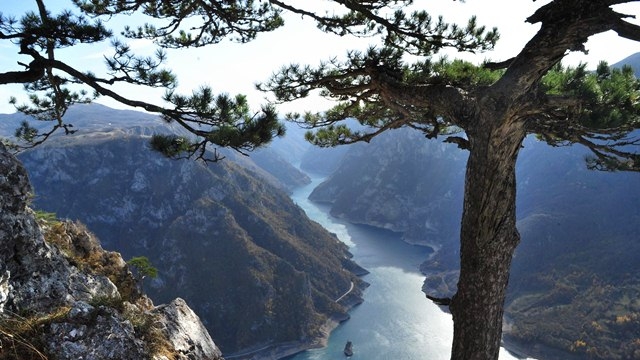It has been nearly five years since the onset of the global financial crisis and countries throughout the world continue to cope with unflagging economic uncertainty and growing social and economic burdens. These burdens are taking their toll on countries throughout Europe – among them Montenegro. Although Montenegro has been an economic standout among countries in Southeast Europe over the last decade, stalling economic growth and stagnant job creation are now hampering the country’s ability to continue its economic progress.
Gross national income has tripled in Montenegro since 2003 – rising from $2,400 to $7,160 – and the country now has the highest per capita income among the six countries comprising South East Europe – Albania, Bosnia and Herzegovina, Kosovo, the Former Republic of Macedonia, Montenegro and Serbia. Furthermore, poverty in the country declined from 11.3 percent in 2005 to 9.3 in 2011 (the last year data was available) percent and the country maintains a relatively moderate inequality of income.
However, as the global recession continues these economic and social successes are being offset by negative trends in the country. Following a credit consumption boom and real estate bubble between 2006-08, real Gross Domestic Product (GDP) fell by nearly 6 percent in 2009 and after recovering some growth in 2010-2011, it slipped into recession again in 2012. Unemployment – at 20 percent – remains very high and consumer debt is suppressing consumption in the country. It is clear that the global economy has now shifted and Montenegro needs to begin adapting to this new global economic landscape if it wishes to return to the economic gains of the pre-crisis years.
Above all, any measure Montenegro takes should focus on increasing economic growth in the country. Higher growth – even a slight increase – could significantly improve living standards throughout the country if sustained over a longer period. The question of how to achieve this growth, however, remains.
Until now, Montenegro has followed an economic growth model emphasizing capital inputs, Foreign Direct Investment (FDI), and a steady supply of inexpensive capital. Productivity growth in Montenegro, on the other hand, has been virtually non-existent. While this model proved effective in the years leading up to 2008, the economic shocks of the ongoing crisis have now exposed the vulnerabilities of this model, highlighting the need for Montenegro to adapt its economic policies.

